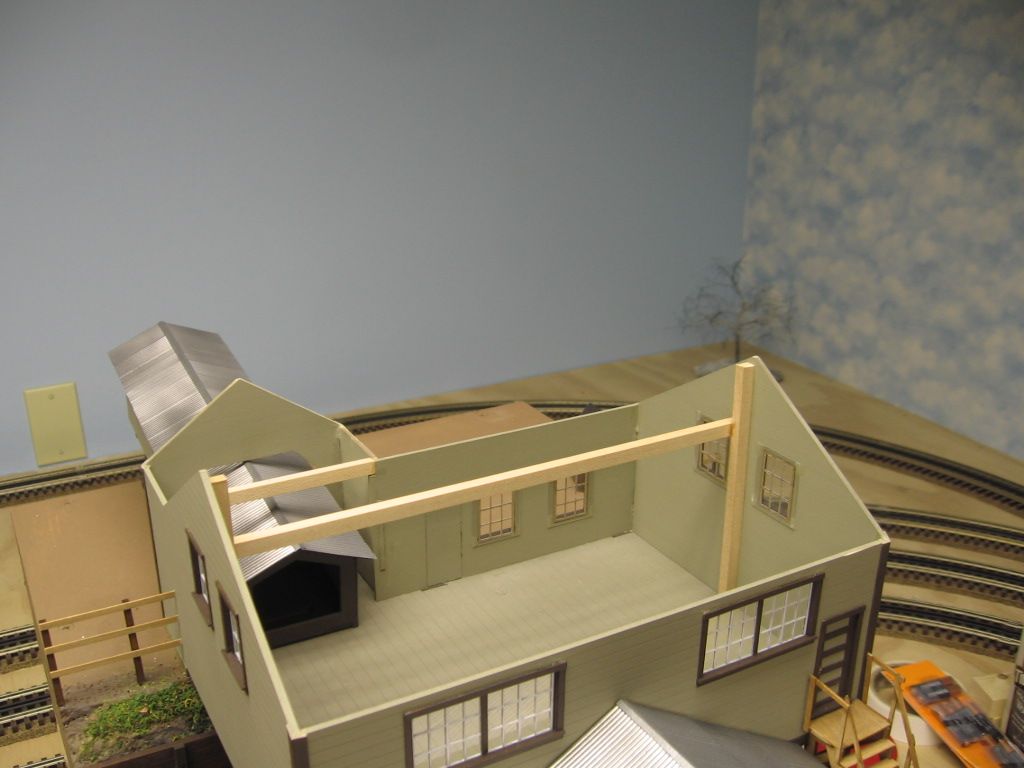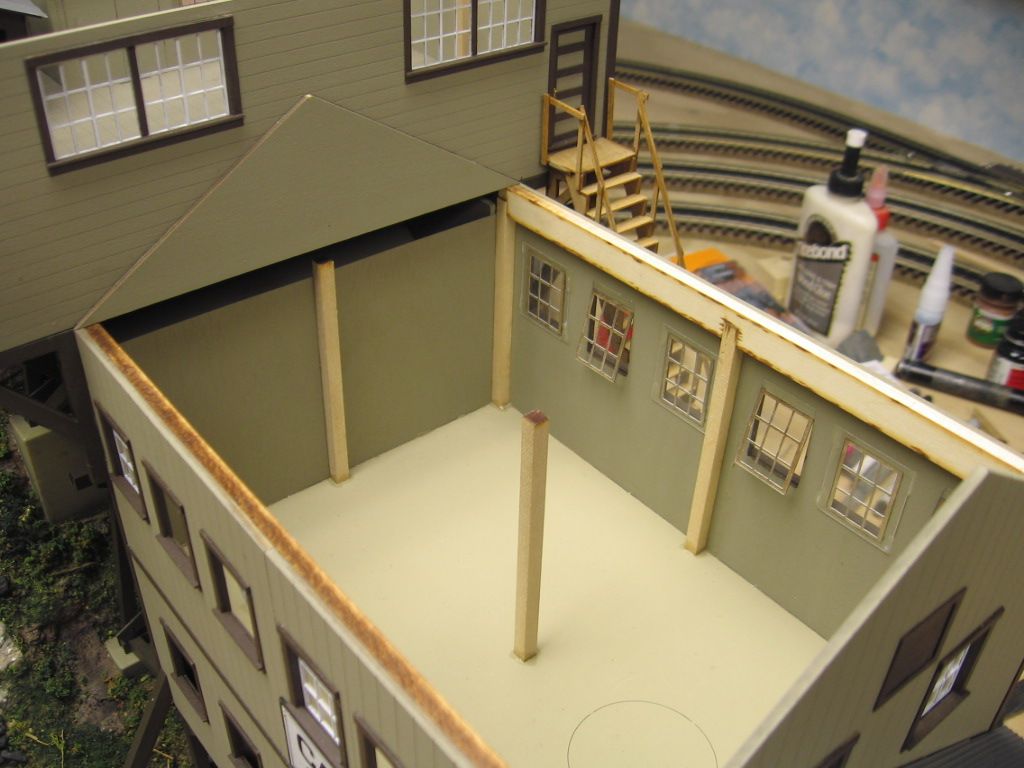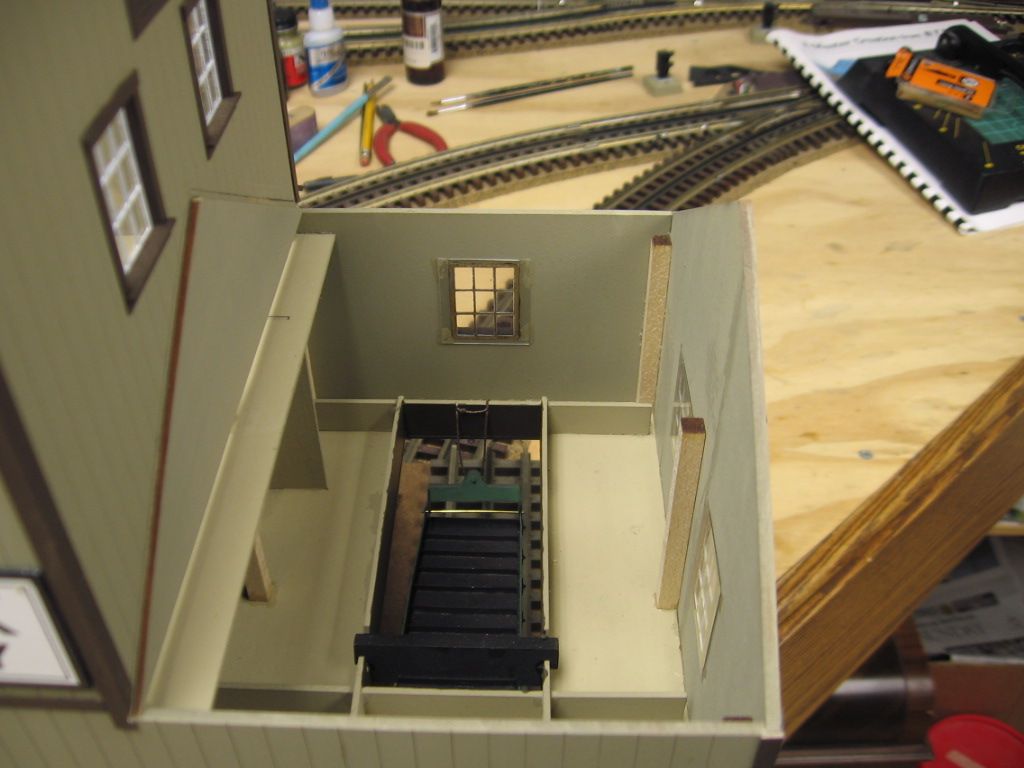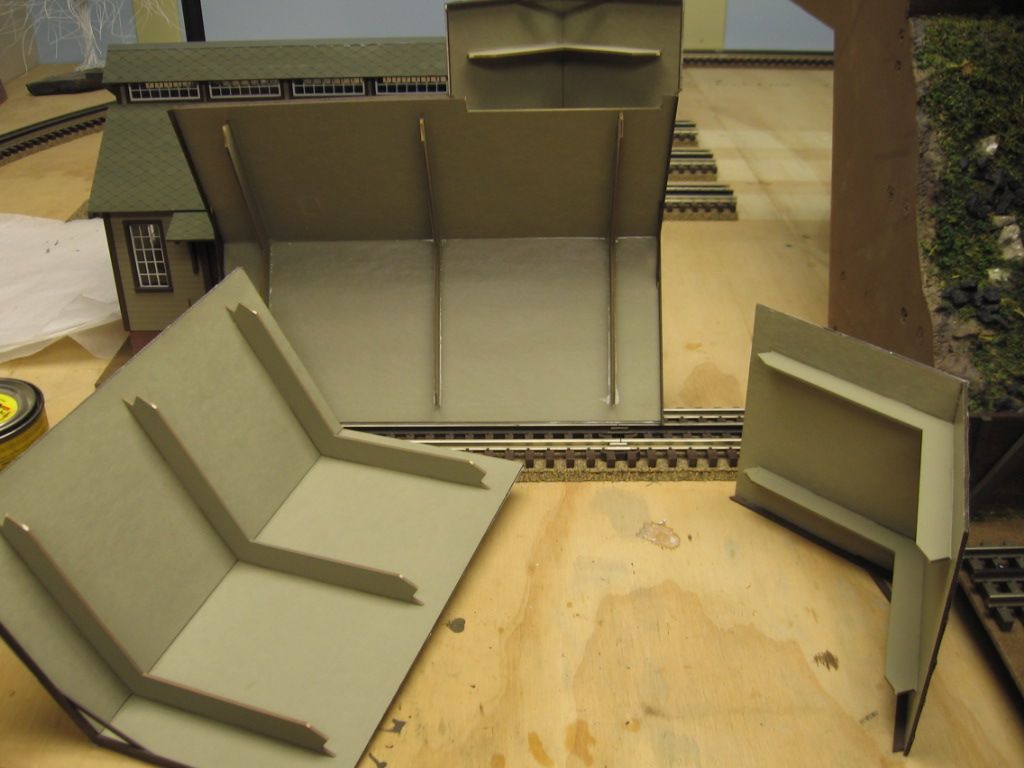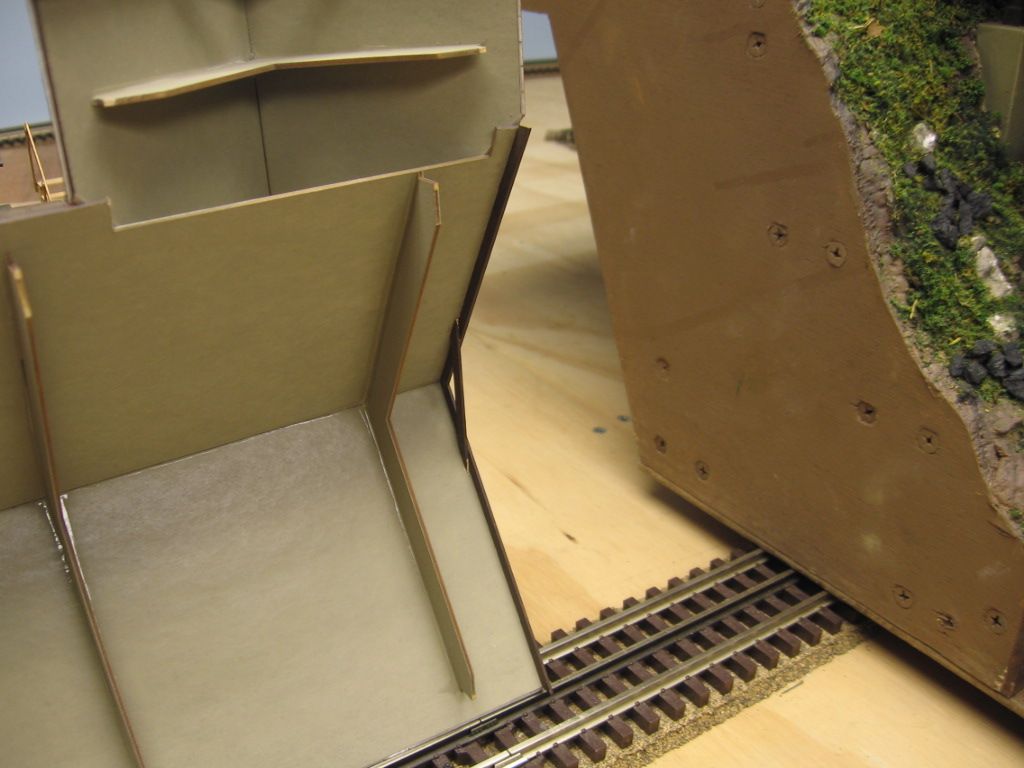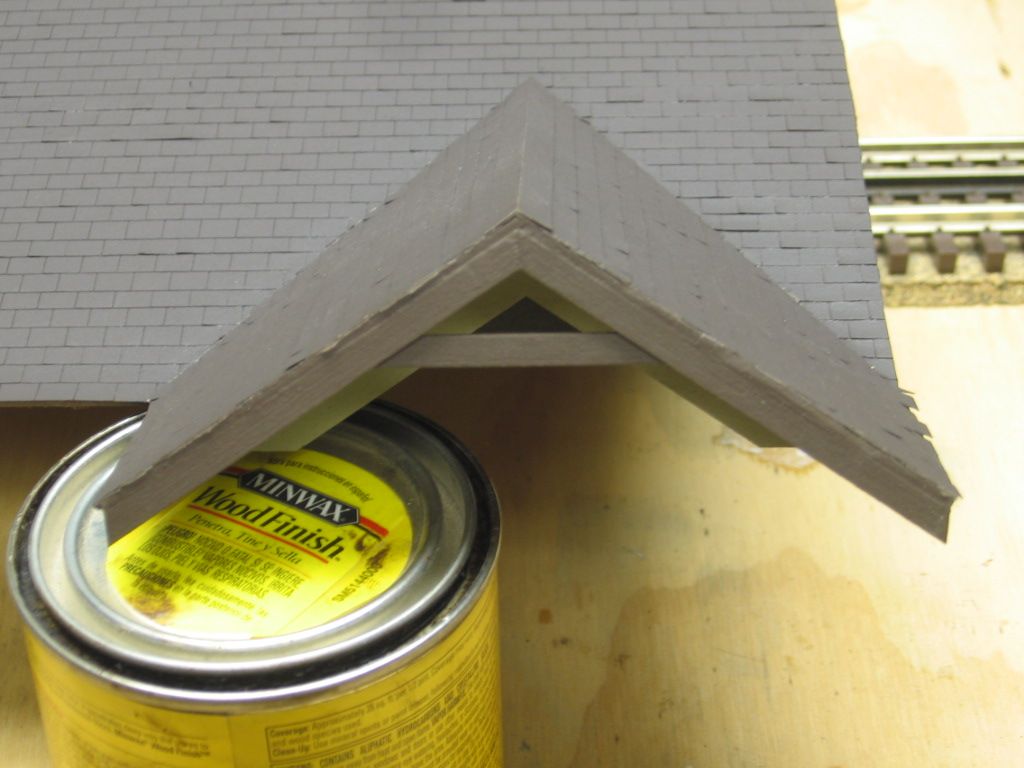Very good feedback guys! A few questions and comments as a follow-up.
Lee Willis…I like Liquid Nail, non-water based, which I often squeeze small amounts out of a tube and use as glue, applying with a brush. I had never thought about this method. What’s the drying time like, and since I use a more common yellow carpenters glue, I wonder are you able to make really small applications of the L/N’s such as would be typical of a delicate assembly?
Mike CT…a very good foundation/model base, probably not part of the kit is a must. I too am a believer in sturdy foundation!
Jerrman…one other thought is to weight down your walls with books or any heavy material after the pieces are dry to the touch, which is usually after a few minutes. If you leave them overnight all your walls will be flat. I’m also a longtime user of weight blocks to aid in modeling.
dkdkrd…The ColorPlace paint/primer from Wal-Mart recommended above is what I use, too. If you put this on a wood structure before painting...and be sure it's thoroughly dry! It will help inhibit moisture absorption to the wood of any acrylic topcoat. Good product tip there, can I ask does this spray coat hamper subsequent gluing?
Jim Policastro…Also, when the laminating of layers of sheet material is necessary, I use a solvent-based contact cement instead of water-based products. Do you find this contact cement at all awkward to use since it is usually unforgiving if one has a misalignment?
Thanks to everyone who took time to respond. I appreciate it.
Bob








